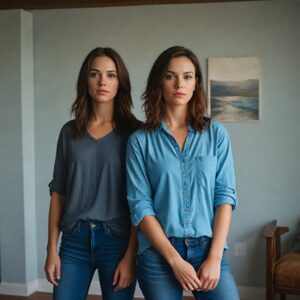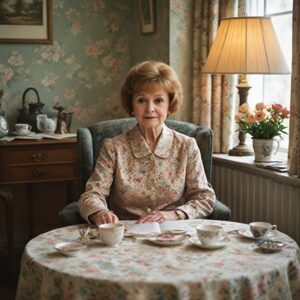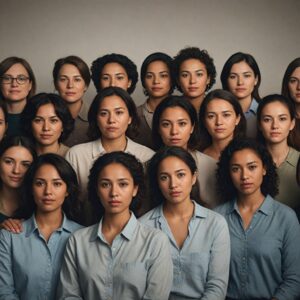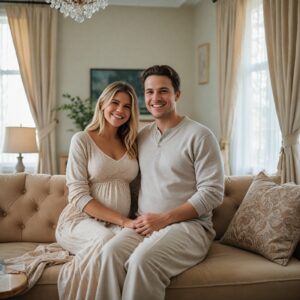
Highlights
- Leila Kelleher transforms her fashion experience by making 75% of her own clothes, promoting body inclusivity in the fashion industry.
- Her passion for sewing allows her to express individuality and support businesses that align with her body positivity values.
- Kelleher co-founded two brands aimed at providing stylish options for plus-size people, thereby reshaping narratives around body shape and style.
Revamping Fashion for Every Body Type
Fashion is often touted as a means of self-expression, yet many plus-size individuals find their options severely limited. Leila Kelleher, a pattern designer and an assistant professor at Parsons School of Design, has experienced this restrictive reality firsthand. As someone who grew up in Sydney and learned to sew in high school, Leila now crafts approximately 75% of her clothing, allowing her to embrace fashion on her terms. The remaining pieces in her wardrobe come from brands that prioritize body positivity, demonstrating her commitment to fashion that celebrates diverse figures.
The significance of Kelleher’s journey extends beyond personal style; it underscores a larger movement towards inclusivity within the fashion world. By choosing to sew her own clothes and backing companies with a similar ethos, she challenges the norms that have long dictated what plus-size individuals can wear. In doing so, she not only finds practical solutions for her fashion needs but also serves as an inspiration for those navigating a landscape rife with limitations.
Inspiring Change through Customization
At the heart of Kelleher’s mission is the belief that everyone should have access to clothing that fits well and reflects their personal style. By co-founding Muna and Broad, a plus-size sewing pattern brand, she aims to empower others to create their own garments tailored particularly for them. This initiative is complemented by her luxury fashion brand, a space, in between, which also emphasizes inclusivity while offering sophisticated designs. Through these ventures, Kelleher is making significant strides in reshaping consumer attitudes towards body size, encouraging creativity, and self-sufficiency within the fashion realm.
Kelleher also highlights how the act of sewing can be transformative. For instance, she recounts how making her own underwear has been a game-changer, enhancing not just the fit but her overall confidence. Such personal experiences serve as a testament to the joys of sewing and the idea that well-fitted garments are ultimately a form of self-love. In an industry often steeped in rigid standards, her work showcases the beauty of custom-fit and the joy of wearing one’s own creations.
Building a Community Around Body Positivity
The implications of Kelleher’s journey extend far beyond personal style; they echo throughout the fashion industry. Her advocacy for inclusion not only paves the way for larger conversations about body image but also prompts creators and consumers alike to rethink their standards. As she moves forward, Kelleher envisions a world where diversity is not just accepted but celebrated. This promise can drive fashion companies to rethink their offerings, leading to a more expansive range of styles that cater to all body types.
Ultimately, Kelleher’s story is a call to action for both industry leaders and individuals to embrace body positivity and inclusivity. As more people share their stories and experiences, it’s clear that change is possible—and necessary. With ongoing conversations and growing support for body diversity, the fashion landscape can evolve to ensure everyone feels seen and celebrated in what they wear.
Conclusion:
Leila Kelleher’s journey represents a remarkable shift in how fashion can serve as a form of self-empowerment and expression. By prioritizing inclusivity and customization, she challenges the status quo while advocating for body positivity. As we reflect on her work, we might consider: How can individuals contribute to a more inclusive fashion narrative? What steps can brands take to ensure they are catering to all body types? And how can communities foster support for creative self-expression through clothing?
Editorial content by Emerson Grey













